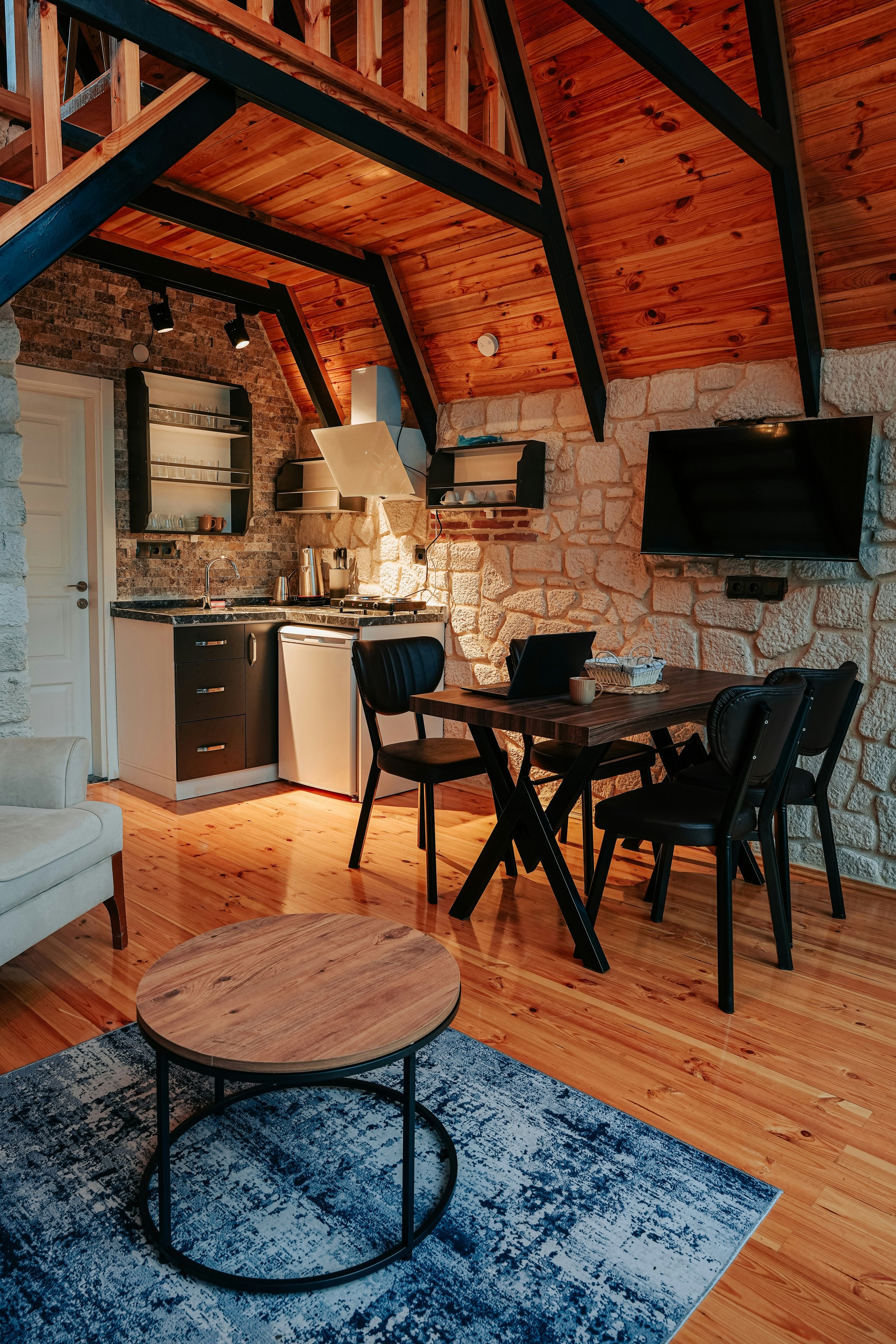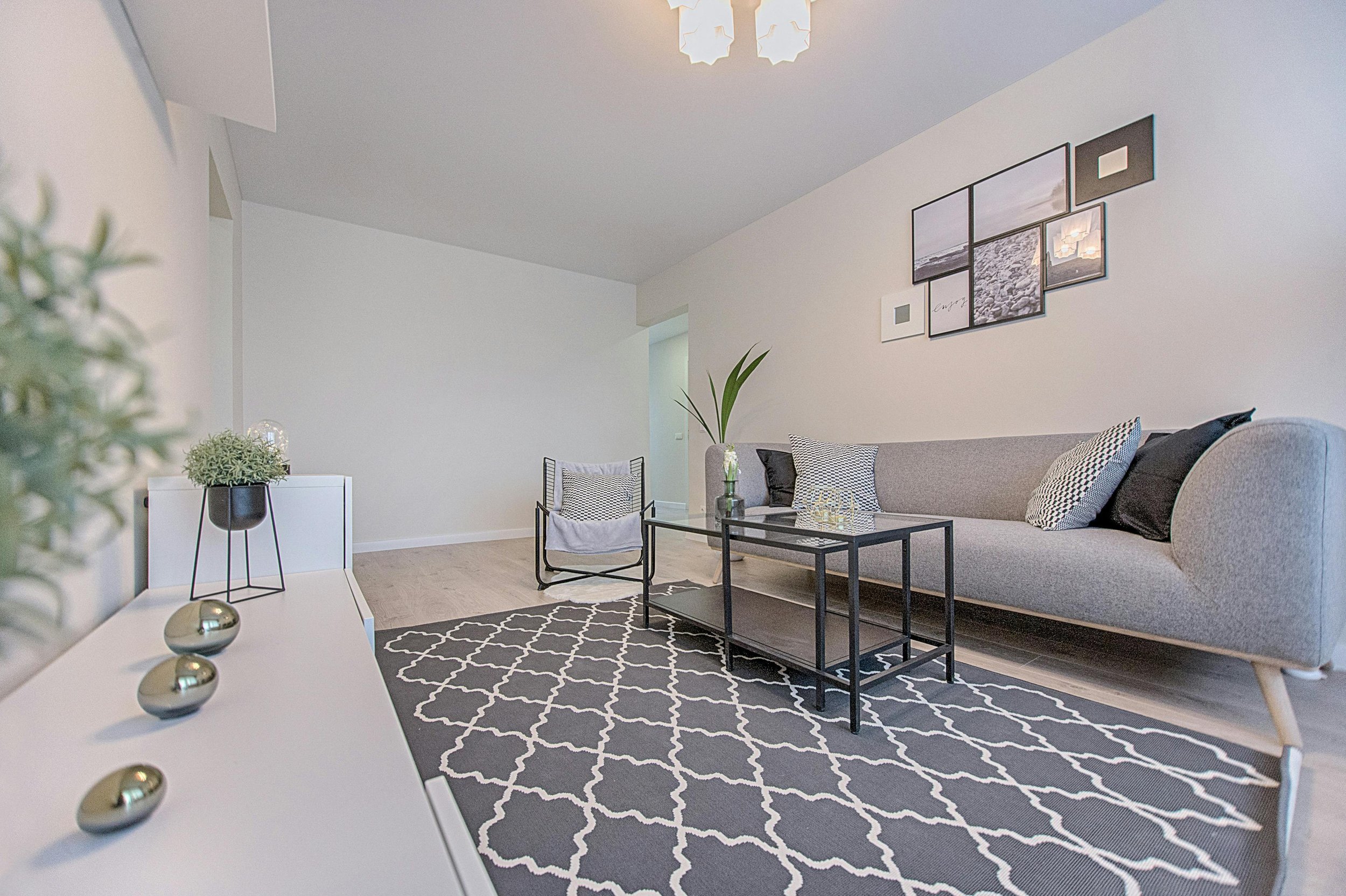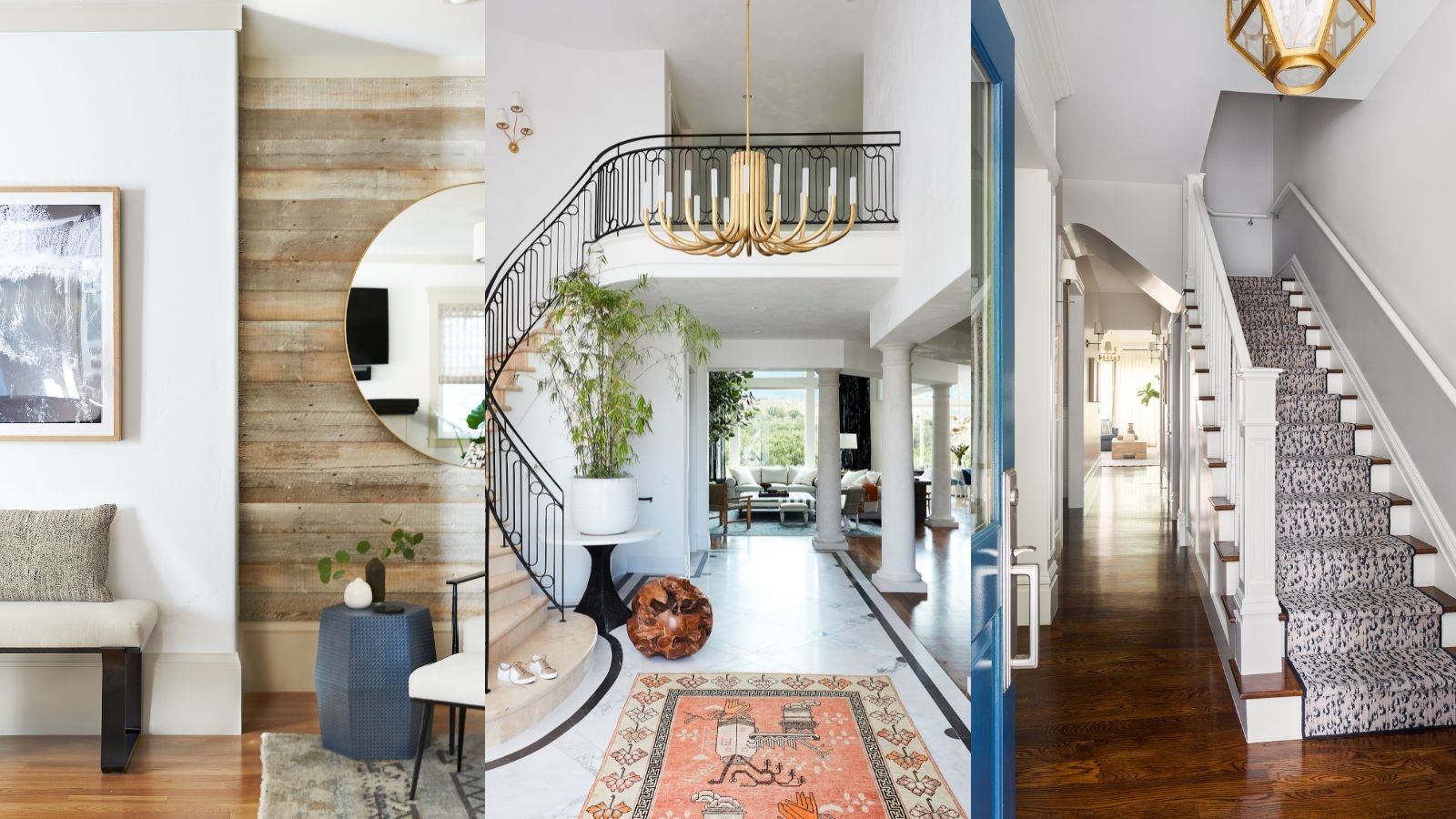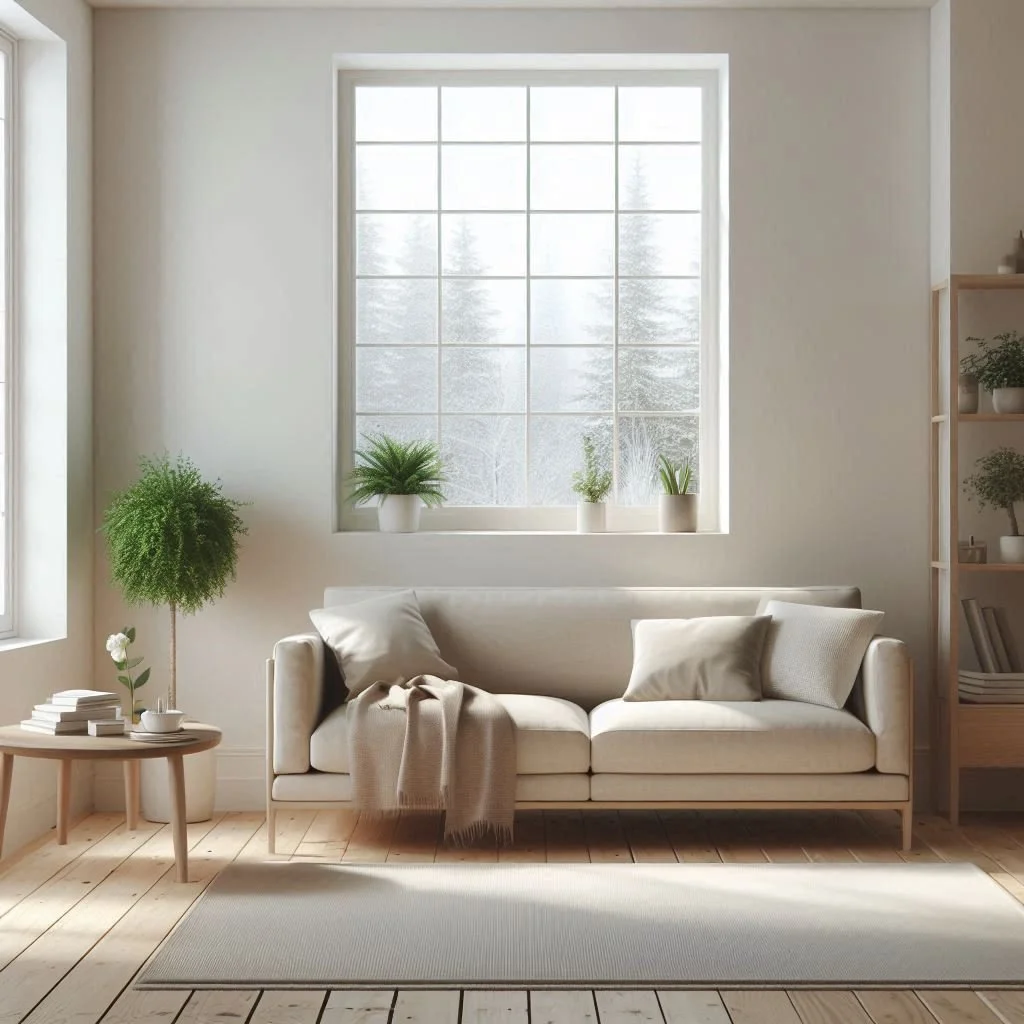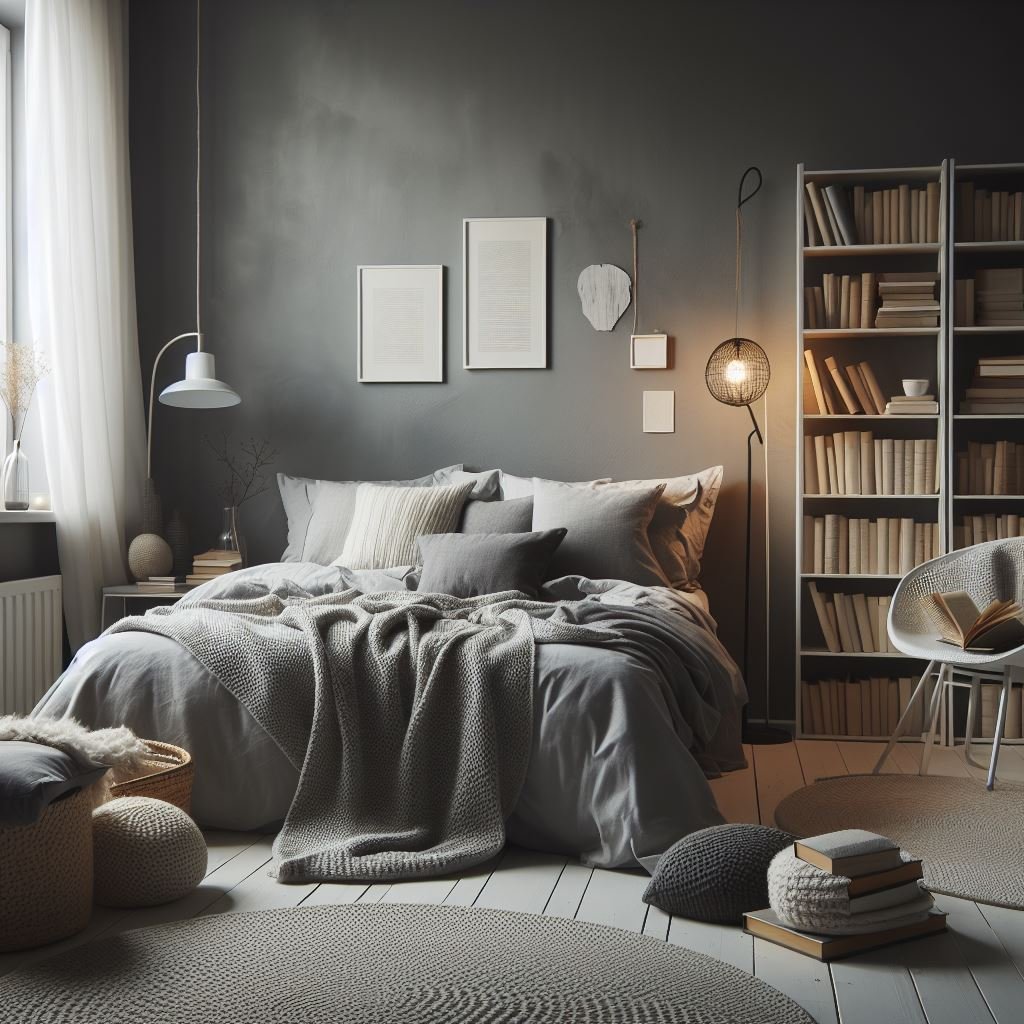Top Design Ideas for Creating Cozy Social Spaces
Explore top design ideas to create cozy social spaces that foster comfort and connection in your home. Perfect for entertaining or relaxation!
In our increasingly digital and busy lives, the value of physical spaces designed to encourage relaxation and social connection is more important than ever. Whether it’s a cozy living room for family gatherings, a welcoming café where friends meet for coffee, or a communal workspace that promotes collaboration, these environments shape our interactions. Well-designed cozy spaces invite people to unwind, fostering a sense of connection and belonging.
This article dives deep into the top design ideas for creating warm, cozy social spaces. We’ll explore everything from color choices and lighting to furniture arrangement and personalized décor, offering creative ideas that can transform any room into a sanctuary for comfort and conversation.
Why Cozy Social Spaces Matter
Before we explore design ideas, it’s important to understand the broader impact of creating cozy environments. Social spaces designed for comfort and relaxation go beyond aesthetics—they cater to psychological and emotional well-being, making them essential for both personal and communal experiences.
1. Fostering Social Connection
“Cozy spaces naturally bring people together. When people feel comfortable and relaxed, they are more open to sharing thoughts, ideas, and emotions. Whether it's in the context of a family living room, a community café, or a collaborative workspace, the design of the space plays a key role in facilitating meaningful interactions. Cozy, informal settings allow for easier conversation and connection, building trust and empathy among individuals.” - Martin Seeley, Senior Sleep Expert of Sleep Company
2. Encouraging Relaxation and Well-being
“Cozy environments create a sense of calm, which encourages people to slow down and enjoy the moment. In a world that moves fast, creating spaces where people feel at ease is essential. Warm, well-designed social spaces provide a refuge from everyday stress, helping individuals recharge mentally and emotionally. This is especially important in homes and communal areas like cafés, lounges, or even corporate break rooms, where people come to relax and socialize.” Says Lindsay Leaf, Marketing Director at Go Live Outdoor
3. Enhancing Productivity in Collaborative Spaces
“Many workplaces today are embracing the importance of informal, cozy areas for their employees. These spaces allow teams to collaborate in a relaxed setting, breaking away from the rigid, traditional office layout. Informal social spaces like break rooms, lounge areas, and shared coffee corners encourage spontaneous interactions and collaboration, which can lead to increased creativity, innovation, and productivity.” Says Jessica Shee from m3datarecovery.com
4. Attracting and Retaining Customers in Businesses
“In hospitality and retail environments, creating a cozy atmosphere can have a direct impact on business success. Spaces like cafés, restaurants, and retail stores that feel inviting and comfortable tend to encourage customers to stay longer, spend more, and return frequently. Customers are more likely to associate positive emotions with a brand if the physical space makes them feel relaxed and valued.” Says George Silagadze, Co-Founder & CEO of Handcrafted Photo Art - Photo2Painting
Top Design Ideas for Cozy Social Spaces
Now that we’ve explored why cozy social spaces matter, let’s dive into the key design elements that can help you create them.
1. Choose Warm and Inviting Color Palettes
“The colors used in a room have a powerful effect on the mood and ambiance of the space. Warm colors like earthy tones and muted neutrals can instantly make a room feel more inviting. Colors such as soft brown, beige, olive green, and terracotta are perfect for creating an intimate, cozy atmosphere.” Says Lauren Taylor, Boiler Cover Expert at Boiler Cover UK
Neutral Base with Colorful Accents: A popular strategy is to use a neutral color base (such as off-white, taupe, or light gray) for walls and large furniture, then layer in accent colors through smaller décor items. This allows flexibility in adding seasonal or trendy pops of color while maintaining a calming base.
Darker, Intimate Shades for Focal Points: Deep, rich colors like navy blue, dark green, or burgundy can be used for accent walls or focal furniture pieces like sofas or armchairs. These tones add a sense of intimacy and depth, making a space feel more enclosed and private, which is ideal for social gatherings.
2. Incorporate Comfortable and Functional Furniture
Furniture plays a pivotal role in the comfort and functionality of a social space. To design a space where people feel comfortable lingering, it’s essential to choose pieces that are both cozy and practical.
Opt for Plush, Soft Seating: When selecting furniture, choose pieces that look inviting and feel comfortable. Overstuffed sofas, deep armchairs, and cushioned benches create a sense of luxury and relaxation. Consider materials like velvet or chenille, which are soft to the touch and add to the cozy feel.
Modular and Flexible Furniture Layouts: Social spaces benefit from adaptable furniture arrangements that encourage interaction. Modular furniture, such as sectional sofas or chairs that can be easily rearranged, allows you to create intimate seating areas for both large and small groups. This flexibility is especially useful in spaces that serve multiple functions, like living rooms that also host guests or cafés that need to accommodate different customer group sizes.
Layer in Cozy Textures: Adding a variety of textures enhances the coziness of a space. Textiles like knit blankets, wool throws, faux fur pillows, and soft area rugs bring warmth and a tactile element that makes the room feel comfortable and lived-in. Layering these textures helps to add depth and visual interest without overcrowding the room.
3. Use Soft, Ambient Lighting
“Lighting is one of the most important elements in creating a cozy atmosphere. Harsh overhead lighting can make a space feel sterile and unwelcoming, whereas softer, ambient lighting creates warmth and intimacy.” - Says Andy Fryer, Co-Founder of Easy Signs
Layered Lighting for Flexibility: Rather than relying on a single overhead light, incorporate multiple light sources throughout the room. Use a combination of table lamps, floor lamps, wall sconces, and pendant lights to create a layered lighting scheme. This allows you to adjust the lighting based on the time of day or the mood of the room.
Warm, Soft Light Bulbs: Choosing the right light bulbs is critical for achieving the desired ambiance. Opt for warm white or soft white bulbs (around 2700K to 3000K), which give off a warm, golden glow similar to natural sunlight. These types of bulbs create a more inviting atmosphere compared to cool or daylight bulbs, which tend to be harsher and more clinical.
Add Decorative Lighting: Decorative lighting, like candles, fairy lights, or lanterns, can enhance the cozy feel of a room. The soft flicker of candlelight or the gentle glow of string lights adds a magical quality that can transform the space into a warm and intimate setting perfect for socializing.
4. Incorporate Natural Elements
Bringing nature into your design can help create a sense of peace and tranquility, making the space feel more grounded and inviting. Natural materials and elements contribute to a cozy, calming atmosphere that feels authentic and organic.
Indoor Plants: Plants are a simple but effective way to introduce natural beauty into your social space. Greenery adds color, texture, and life to a room, while also improving air quality. Use a mix of large plants (like a fiddle leaf fig or snake plant) and smaller plants (like succulents or ferns) to add variety. If you're short on space, consider hanging plants or placing small pots on shelves.
Wood and Stone Accents: Natural materials such as wood, stone, and rattan provide warmth and texture. Incorporate wooden coffee tables, bookshelves, or side tables to add an earthy touch. Stone accents, like a natural stone fireplace or stone sculptures, can create a rustic and grounded feeling. You can also opt for wicker or rattan furniture or baskets for storage.
Textural Contrast: Mix different natural materials to create contrast and add depth. For example, balance a sleek, wooden table with soft wool throws and woven jute rugs. Combining different materials brings an organic, dynamic feel to the space.
5. Create Intimate Zones with Rugs and Dividers
“In larger spaces, creating distinct areas for social interaction can make the room feel more intimate. Breaking up a large room into smaller zones not only makes the space feel cozier, but it also facilitates different types of social interactions.” Says Dan Close, Founder, and CEO at Local Buyers
Define Areas with Rugs: Use area rugs to define seating zones and create visual boundaries. A large, plush rug can anchor a seating arrangement and make the area feel more cohesive and welcoming. Choose rugs with soft textures and warm colors to enhance the overall coziness.
Furniture Groupings: Arrange furniture in small groups to encourage conversation. Rather than having a single seating area, consider multiple groupings of chairs or sofas around coffee tables or ottomans. This creates more opportunities for interaction, especially in larger social spaces like open-plan living rooms or cafés.
Use Screens or Shelving Units: Room dividers, such as screens or tall bookshelves, can create a sense of privacy in shared spaces. This is particularly useful in open-concept homes or commercial spaces where you want to create cozy nooks for smaller groups without completely closing off the area.
6. Incorporate Personal Touches
“Adding personal elements to a space can make it feel more lived-in and welcoming. These details can also serve as conversation starters, making social interactions feel more organic.” Says Bryan Dornan, Mortgage Lending Expert & Founder at RefiGuide.org
Display Meaningful Artwork: Whether it’s family photos, travel souvenirs, or artwork that reflects your personality, displaying personal items can make the space feel uniquely yours. In commercial spaces, carefully curated art pieces can reflect the identity or theme of the business, adding warmth and character.
Books and Magazines: In living rooms, cafés, or waiting areas, having a selection of books or magazines can make guests feel more at home. Shelving units with interesting titles or a coffee table stocked with current magazines can spark conversation and give visitors something to enjoy during their stay.
Handmade or Vintage Pieces: Incorporating handmade or vintage décor adds a sense of history and craftsmanship to the space. These items often have unique textures and colors that give the room a rich, layered feel. Whether it’s a handwoven throw, a vintage lamp, or an antique side table, these pieces tell a story and contribute to the cozy atmosphere.
7. Incorporate Aromatherapy and Soft Sounds
The sensory experience of a space isn’t limited to sight and touch—scent and sound play equally important roles in creating a cozy environment. Thoughtfully curated scents and sounds can elevate the comfort of a space, making it feel like a sanctuary.
Aromatherapy: Use essential oils, candles, or incense to create a calming scent profile for the room. Scents like lavender, sandalwood, or vanilla promote relaxation and can enhance the cozy atmosphere. Diffusers can be a subtle way to continuously disperse pleasant aromas throughout the space.
Soft Background Music: The right background music can set the tone for a social space. In cafés or lounges, playing soft, instrumental music can create a relaxed ambiance without overpowering conversation. At home, a playlist of soothing music can make the space feel more intimate and welcoming.
Best Practices for Creating Cozy Social Spaces
To ensure your design is both functional and inviting, here are a few best practices to keep in mind when designing cozy social spaces:
Balance Form and Function: A cozy social space needs to be both beautiful and practical. Ensure that the furniture arrangement allows for easy movement while still creating opportunities for conversation.
Avoid Over-cluttering: While cozy spaces should feel lived-in, too much clutter can make a room feel cramped and uncomfortable. Use storage solutions like woven baskets, bookshelves, or ottomans with hidden storage to keep things tidy.
Adapt to Seasons: Cozy spaces can evolve with the seasons. During colder months, you can add heavier throws, warm lighting, and deep colors. In summer, opt for lighter fabrics, fresh flowers, and softer hues to maintain a cozy but airy atmosphere.
Conclusion
Creating cozy social spaces is about more than just arranging furniture or choosing the right color palette—it’s about crafting an environment that encourages relaxation, connection, and comfort. Whether you’re designing a living room, café, or office lounge, the right combination of warm colors, soft lighting, comfortable furniture, and natural elements can transform any space into a welcoming haven.
With thoughtful design choices, personal touches, and attention to sensory details like scent and sound, your social space can become a place where people feel at ease, fostering meaningful interactions and creating lasting memories.
Stay up to date with our latest ideas!
Exclusive deals just for our readers! Click below to unlock special offers and elevate your shopping experience!
